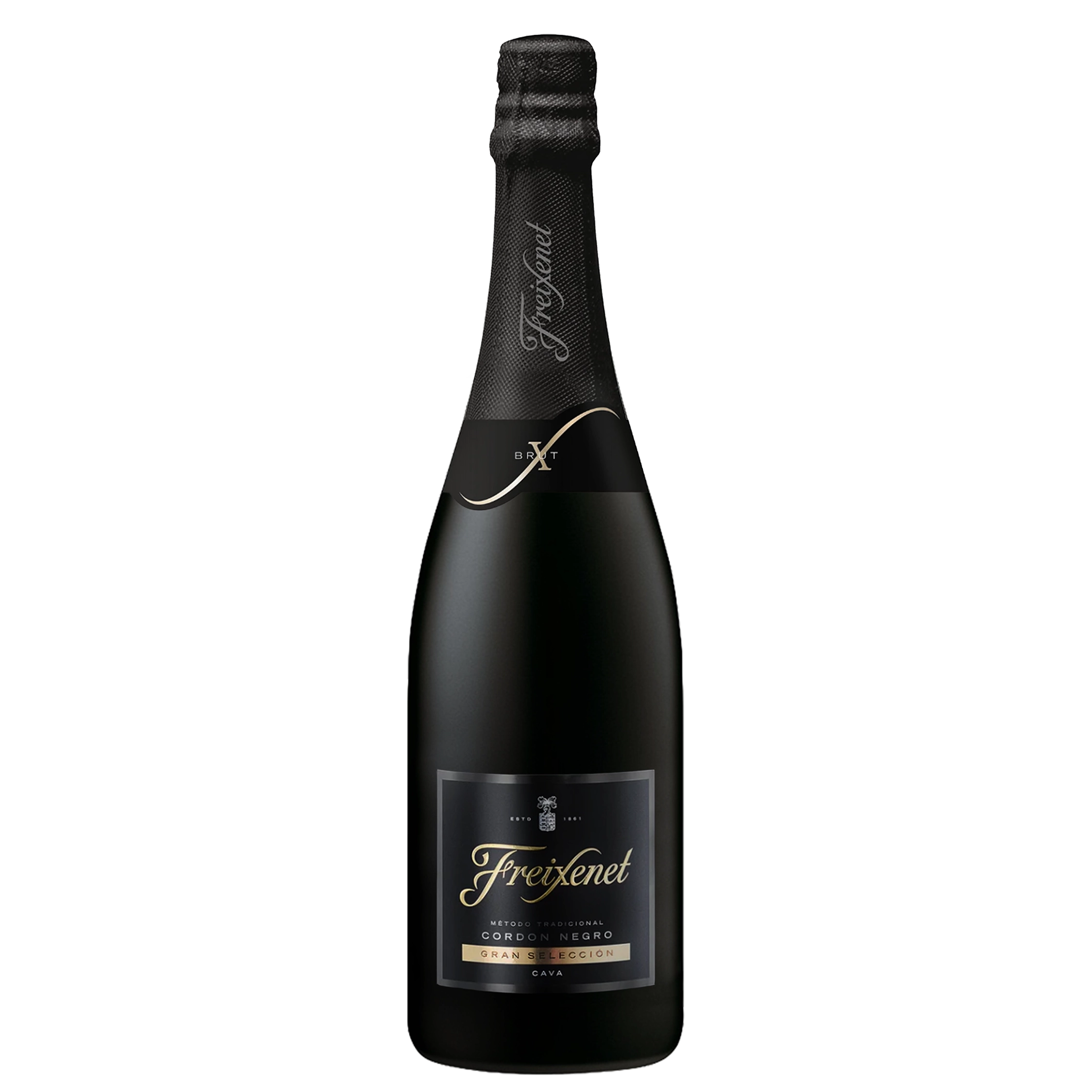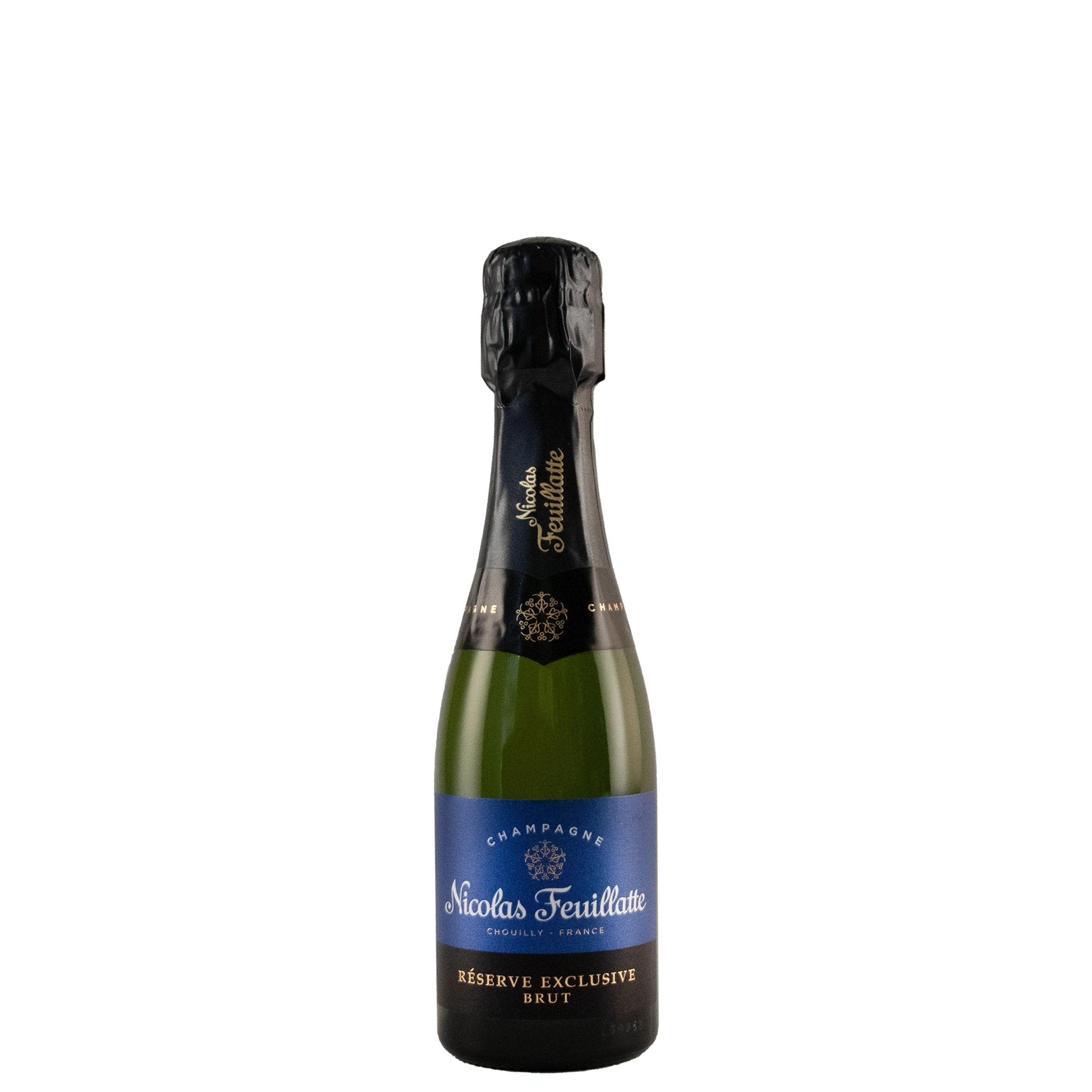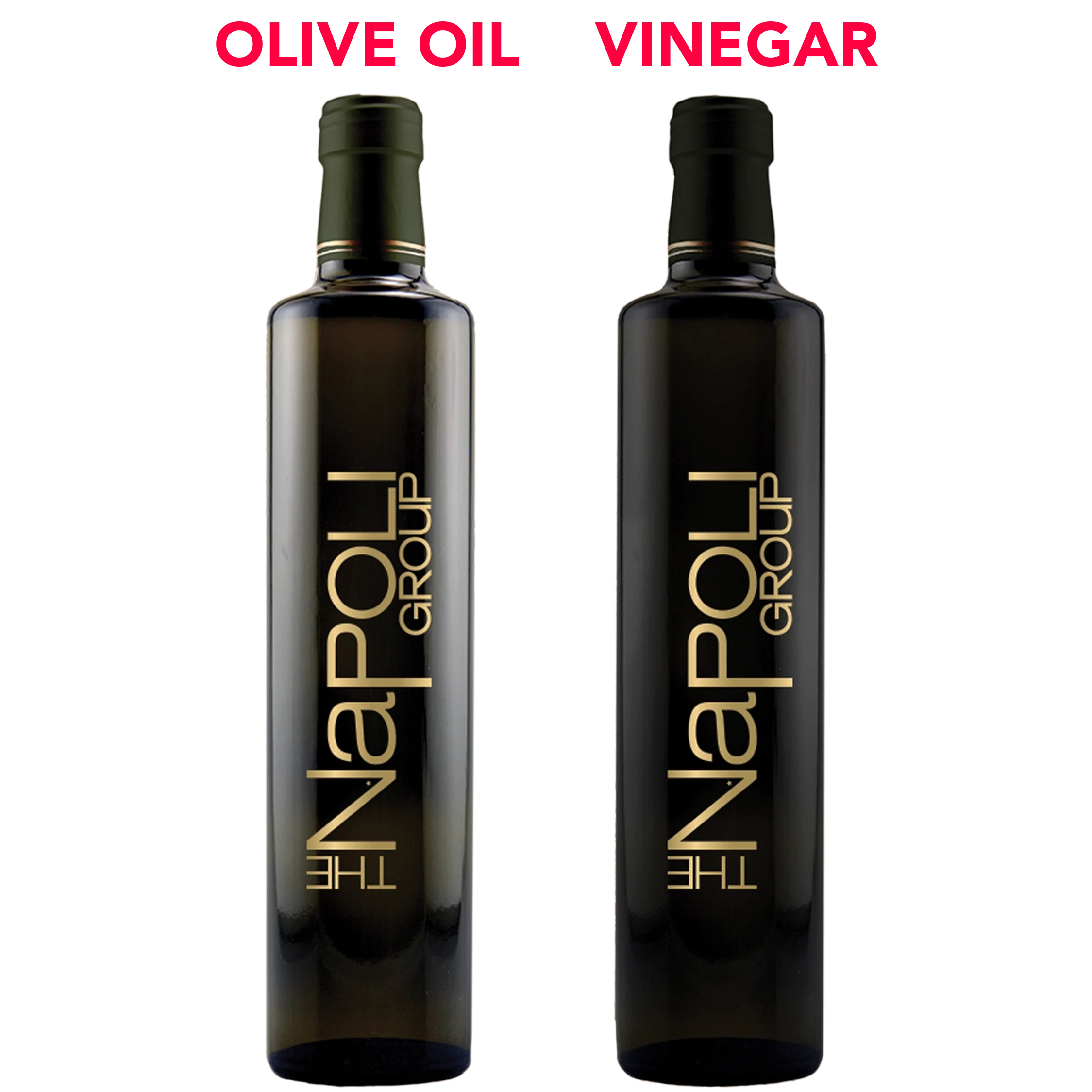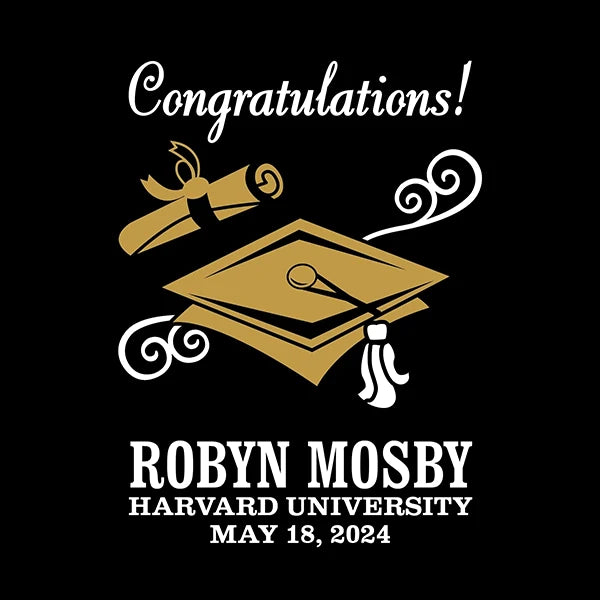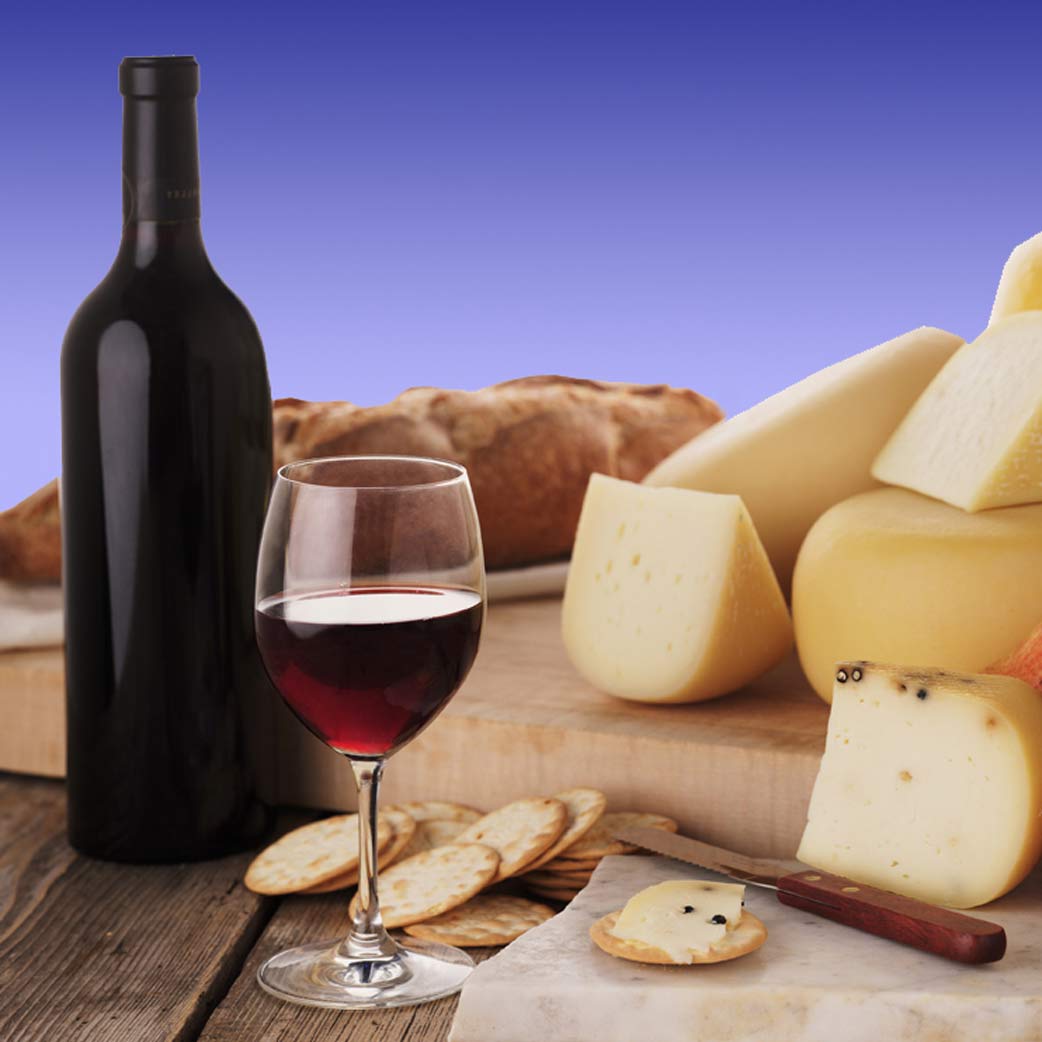The art of wine and food pairings has been studied for centuries. We all know by now that red wine goes with beef and white wine goes with fish, but what about the nitty gritty details that makes a meal stand out? You may have visited a restaurant where your wine snob friend ordered the perfect Rosé with herbed chicken, or requested a Chardonnay with a creamy pasta—wondering how you can replicate the incredible flavors you experienced? Perhaps you’re looking to find the perfect Christmas wine gifts or congratulations wine bottles to serve alongside your party fare. Wine and food pairing may seem like an arduous task, but after reading this ultimate beginner’s wine guide, you’ll be able to pull off the perfect combination like a pro.
The 6 Components of Taste
To understand food and wine pairings you first need to learn the components of taste. All terms used to describe flavor can be broken down in to six categories: fat, bitter, sweet, acid, salt and spiciness. Good chefs understand the influence of these flavors and how to balance them to create an exquisite meal. If you want to host a wine pairing dinner, there is no factor more important than the harmony between the wine and the food.
- Fat
Fat is a flavor that comes from the meal, not the wine. The absorbent nature of fat cuts through acidic and bitter flavors and allows the other tastes of wine to shine through. Fatty meats and dishes with a lot of butter and cheese are perfect for wines with higher acidity and bitterness.
- Bitterness
The bitter taste and dry finish found in some wines comes from the level of tannins. High levels of tannins come from elements like grape skins and pits. Full-bodied wines and young wines have the highest presence of tannins. Fatty foods help minimize the bitter flavor of bitter wines by relieving the effect of tannins.
- Sweetness
Wine should always be sweeter than the food. Complement your sweet wine with salty foods to create a harmonious flavor on the palate. Salty dishes like caviar are excellent companions for some sweet wines.
- Acidity
Food and wine can both be acidic, but wine should always be more so. Acidity is the sharp taste left on the back of your tongue after you take a sip of wine. Dishes like white fish that use lemon or lime pair well with acidic wines that act as a fresh squeeze of citrus in between bites.
- Saltiness
Salty foods are a sweet wine’s best friend. Cured meats and strong, salty cheeses balance the sweeter, fruitier notes on the palate. Key thing to remember: balance is the foundation of food and wine pairings.
- Spice
Levels of spice can be in both food and wine. Thai curry, Indian food, Middle Eastern food, and Mexican food offer layers of spice that can make pairing difficult. Likewise, wines with notes of cinnamon, clove and cumin can make pairing a challenge. Generally, spicy fare is better with wine that has a crisp acidity and no vanilla flavors and vice versa.
Flavor Pairing
The art of cooking is much like any other art—balance, focus and intent is key. You already know that some foods taste terrible together and some taste wonderful, but why? One of the first things taught in chef’s school centers on the elements of taste and their rightful combinations. This food and wine pairings chart is a basic guide to how you can mix and match flavors for the ultimate tasting experience.

Sweet and Salty
The combination of sweet and salty flavors is one of the most universally well-known food and wine pairings. Wines are never salty, so you should always pair your sweetest wine with your saltiest dish—and make sure to serve them in personalized wine glasses. Many people covet sweet wines over heavy full-bodied wines, so this pair may be the biggest crowd-pleaser.
Think:
- Moscato with Spicy Thai Food
- Riesling with Blue Cheese
- Chenin Blanc with Korean Food
Acid and Fat
You might have heard the term “cut through the fat” when it comes to wine. Some dishes can be so fatty that the taste can easily be lost. Enter acidic wine to help reduce the taste of fat. Ever had white wine sauce? Acidic white wines help balance the rich flavor of butter for a balanced dish.
Think:
- Champagne with Risotto in Creamy Mushroom Sauce
- Beaujolais with Sweet and Sour Pork
- Sangiovese with Tomato-Based Pizza
Bitter and Fat
Wines high in tannin create a bitter taste on the sides of the tongue. It’s also what gives wine a dry finish. Tannins play an important role in the process of food and wine pairings. Bitterness, like sweetness, is a matter of sensitivity. You may be more sensitive to bitterness than others so your wine choice may vary. But just like any fatty dish, the fat helps absorb the tannins to make the wine more bearable on the palate.
Think:
- Nebbiolo with Roast Goose
- Cabernet Sauvignon with Braised Short Ribs
- Petit Syrah with Strong Cheeses
Alcohol and Fat
Alcohol offers a distinct flavor that separates wine from other food. High-alcohol content wines often can be difficult to pair because alcohol can easily clash with the food’s flavor. Not everyone enjoys the actual taste of alcohol, but the high content can stand up to some foods that are otherwise harder to eat. Deep burgundy or plum red wines typically have the highest alcohol.
Think:
- Shiraz with Peppered Steak
- California Zinfandel with Heavy Sauces
- Sherry with Rich Desserts
Acid and Acid
Think of acidity as having the flavor and feeling of citrus fruit. Not all flavors are compatible with acid, but other acidic foods can hold up quite well. Acid can stand up to acid in a way that oaky and buttery wines can’t. Always make sure that the wine has higher acidity than the food, otherwise the wine will taste flat and dull. Fish, most fruits, pickled foods, sodas and most processed foods have high acidity.
Think:
- Champagne with Salmon
- New Zealand Sauvignon Blanc with Oysters
- German Riesling with Dried Fruits or Red Onions
Regional Pairing
What grows together goes together. Foods that originate from the same area complement each other the best for natural flavor. Over centuries, cultures have adapted their food and wine so well that one can’t be had without the other. A classic example of this is spaghetti Bolognese with Italian Chianti. Italy boasts a variety of tomato-based dishes high in acidity and the bold characteristics of Chianti matches those rich flavors.
Think:
- French Rosé with Paella
- Dry Italian Marsala with Veal
- Californian Bordeaux with a Cheeseburger
- Chilean Sauvignon Blanc with Ceviche
- French Chenin Blanc with Raclette
Congruent vs. Complementary Pairings
There are two basic rules to remember when deciding what wine goes with what food: complementary pairing and congruent pairing. If you don’t already have a dish in mind, then these two umbrella terms help inspire you toward the flavors you want to create for your dinner. Try out either of these concepts for a stellar meal.
Complementary Pairings
So far most of what we’ve discussed in terms of food and wine has been about complementary pairing. This is the method you’re most likely familiar with when talking food and wine. When you hear someone say a wine “cuts the fat” or “balances the acidity” they’re likely talking about a complementary pairing. This technique uses opposing compounds to balance the overall flavor of a dish. It gives the dish a flavor that is otherwise missing. This is why acidic wines taste good with fatty fish and dessert wines pair well with salty foods. It also gives the meal a well-rounded flavor. Like colors on an artist’s palate, flavors from opposite sides of the spectrum work in harmony with one another.
Congruent Pairings
The “opposites attract” concept of complementary pairings is not a hard and fast rule. Congruent pairings are more complex and rely on layering flavors on top of each other to create a more intense flavor combination. This includes pairing wine and food with similar notes of flavor. Doubling the flavor enhances richness, sweetness, acidity of other foods with similar tones. Rich foods like strong cheese and strong wine go along swimmingly while sweet wines with sugary berries create the ultimate burst of flavor. But don’t get too carried away—bitterness should almost never be paired with bitterness with wine and food unless you want to wince in disgust.

